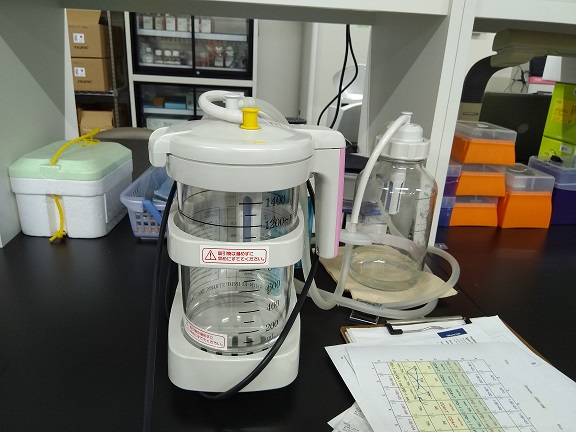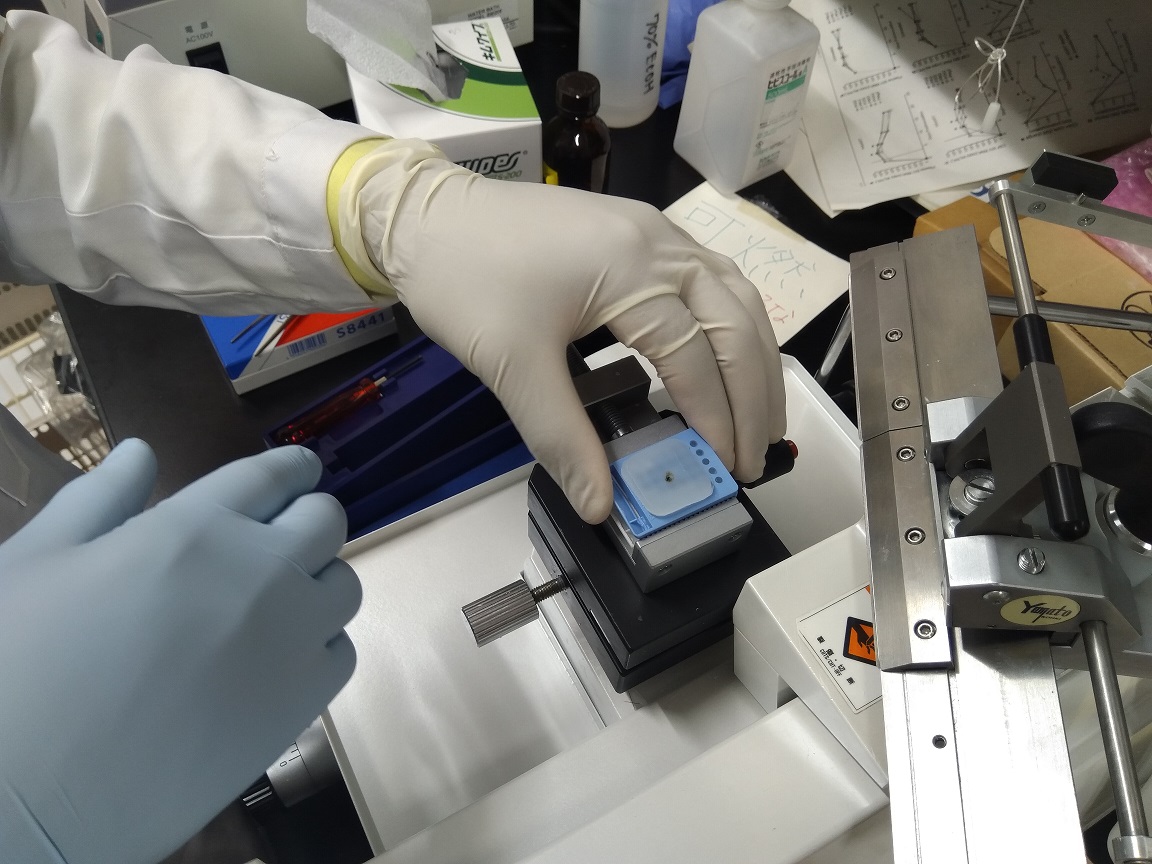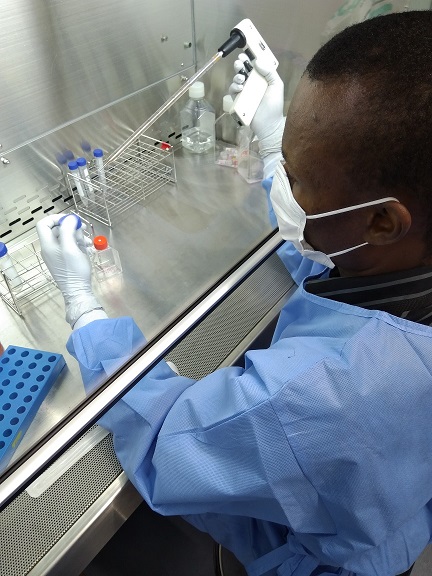Contamination is a great enemy in the cell culture laboratory. Thus all aseptic techniques must be dutifully followed in order to knock out all sources of contamination in the cell culture. Since contamination by microbes is a major factor in most cell culture techniques it is critical to ensure sterility and/or aseptic techniques at every stage of the experiment in order to get optimum results.
Aseptic techniques in the cell culture laboratory ensure that all cell culture protocols are performed to a standard that will prevent contamination from microorganisms (bacteria, fungi and mycoplasmas inclusive) and cross-contamination with other cell lines. Aseptic techniques are all the precautionary measures taken during an experiment to avoid contamination of the work and the researcher.
It ensures amongst other things the maintenance of strict sterility in the course of the research. Even though an absolute sterility could not be observed in most cell/tissue culture techniques, it is critical that the researcher imbibe and carry out all the necessary aseptic measures required for that particular experiment in order to avoid the introduction of exogenous or environmental organisms into the cell culture flasks.
Normally, all cell culture works are undertaken inside a tissue culture hood (laminar flow cabinet) that provides an aseptic environment for work. The face area of the hood is covered with a removable glass panel which acts as a physical barrier that helps to maintain a particulate free environment and laminar flow of air within the hood. The hood is fitted with an ultraviolet (UV) light which is switched on after work (i.e. at night) and off before work. The UV light is switched off prior to usage and allowed for about 2-3 minutes for air flow patterns to filter and establish within the hood.
The hood is sprayed with 70% ethanol and wiped dry, and every reagent bottles and equipment taken into the hood must be decontaminated by spraying with 70% ethanol as well. All work in the cell culture laboratory is normally performed within the hood, and after work all disposables should be disposed. The hood should be sprayed with 70% ethanol after work, and the UV light turned on at night.
Some of the safety and aseptic techniques employed in the cell culture laboratory are as follows:
- It is critical to start the cell culture experiment on an entirely clear and clean surface. Work area should be properly disinfected prior to and after the experiment using 70 % ethanol and recommended disinfectants.
- More than one cell line should not be handled at a time to avoid cross contamination of cells.
- Always use sterile equipment for cell culture experimentations.
- The cell culture laboratory should be as quiet as possible and unnecessary walking around should also be avoided during experimentation.
- All equipment to be used for the cell culture experiment should be close by.
- Reagents and media should not be shared with other people or among different cell lines.
- All cell culture tubes should be opened inside the hood.
- Researchers should ensure good personal hygiene’s. They should always were laboratory gowns, eye goggles and other personal protective wears during the experiment. Researchers should always work with gloved hands.
- Do not breathe or talk into the hood (i.e. the biosafety laminar flow cabinet).
- Growth or culture media should be stored according to manufacturer’s instructions.
- Splashing of media and other reagents within the hood should be minimized as much as possible.
- Cell culture media and cells should be transported carefully. Cell cultures should be routinely tested for Mycoplasma, a common contaminant of cell culture experiments.
- Cell culture flasks should be kept apart from each other to avoid falling over. This will also help to avoid overcrowding which will prevent improper flow of air within the incubator.
- Disposable plastic pipettes or glass pipettes (generally known as plugged pipettes) should be used for cell culture experiments, and used pipettes should not be reused. Mouth pipetting should not be allowed in the cell culture laboratory.
- Pipettes should be opened within the hood. Mouth pipetting is not advisable because it may introduce contaminants into the cell culture flasks. Mouth pipetting also exposes the researcher to hazardous substances in the laboratory.
- Pouring or transferring of cell culture media and reagents should be done based on laid down laboratory standard operating procedures (SOPs). Sterile media should not be poured from one sterile container to another unless such containers are to be used once. Disposable pipettes should be used for media and reagent transfer during cell culture experimentations.
- The hood should be effectively decontaminated with 70 % ethanol prior to and after use.
References
Alberts B, Bray D, Johnson A, Lewis J, Raff M, Roberts K andWalter P (1998). Essential Cell Biology: An Introduction to the Molecular Biology of the Cell. Third edition. Garland Publishing Inc., New York.
Alberts B, Bray D, Lewis J, Raff M, Roberts K and Watson J.D (2002). The molecular Biology of the Cell. Fourth edition. New York, Garland, USA.
Ausubel, F.M., Brent, R., Kingston, R.E., Moore, D.D., Seidman, J.G., Smith, J.A., Struhl, K., eds (2002). Short Protocols in Molecular Biology, 5th edn. John Wiley & Sons, New York.
Caputo J.L (1996). Safety Procedures. In: Freshney, R.I., Freshney, M.G., eds., Culture of Immortalized Cells. New York, Wiley-Liss, Pp. 25-51.
Cooper G.M and Hausman R.E (2004). The cell: A Molecular Approach. Third edition. ASM Press.
Davis J.M (2002). Basic Cell Culture, A Practical Approach. Oxford University Press, Oxford, UK.
Freshney R.I (2005). Culture of Animal Cells, a Manual of Basic Technique, 5th Ed. Hoboken NJ, John Wiley and Sons Publishers.
Health Services Advisory Committee (HSAC) (2003). Safe Working and the Prevention of Infection in Clinical Laboratories. HSE Books: Sudbury
Lodish H, Berk A, Matsudaira P, Kaiser C.A, Kreiger M, Scott M.P, Zipursky S.L and Darnell J (2004). Molecular Cell Biology. Fifth edition. Scientific American Books, Freeman, New York, USA.
Marcovic O and Marcovic N (1998). Cell cross-contamination in cell cultures: the silent and neglected danger. In Vitro Cell Dev Biol. 34:108.
Mather J and Barnes D (1998). Animal cell culture methods, Methods in cell biology. 2rd eds, Academic press, San Diego.
Verma P.S and Agarwal V.K (2011). Cytology: Cell Biology and Molecular Biology. Fourth edition. S. Chand and Company Ltd, Ram Nagar, New Delhi, India.
Discover more from Microbiology Class
Subscribe to get the latest posts sent to your email.





